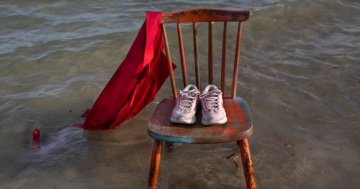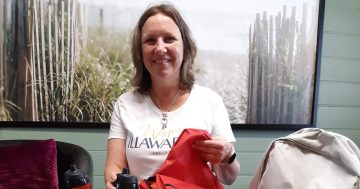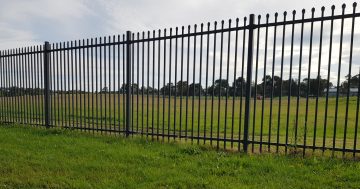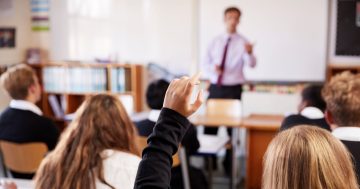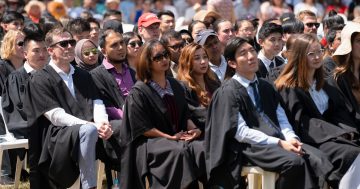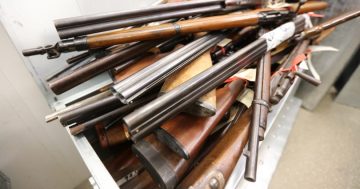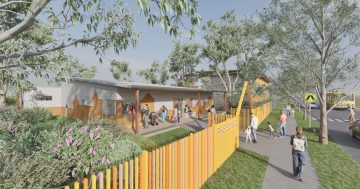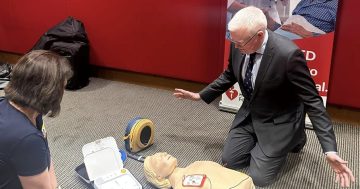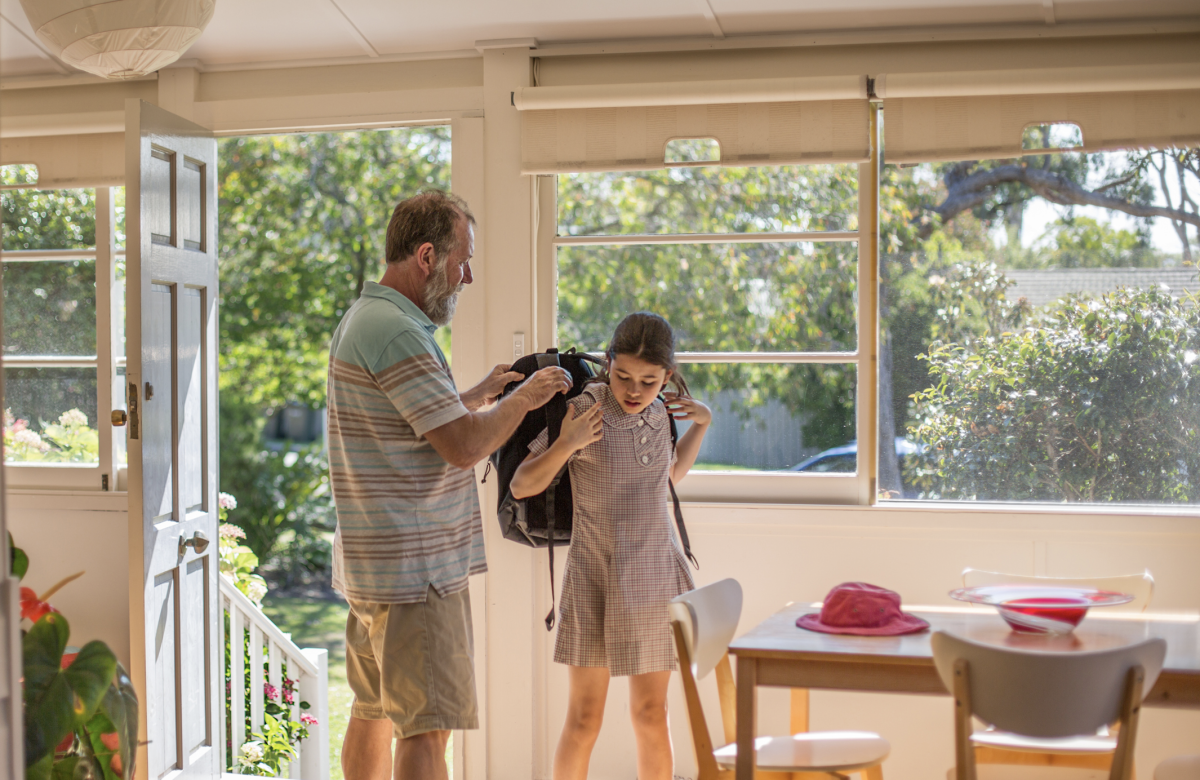
Parents face the 2024 school year without the Back to School Vouchers program. Photo: JulieanneBirch.
The return to school is something of a mixed blessing for parents.
While the daily holiday struggle of arranging care is almost over, there are back-to-school shopping lists that need to be filled and uniforms to be purchased or upgraded and for most of us, there’s little spare money to go around.
Bank balances already depleted by Christmas chaos, holiday programs and the rising cost of living are about to take a further hit.
Last year’s Back to School Vouchers program was a popular initiative from the Perrottet government that took the edge off January expenses by delivering $150 for each eligible child in the form of three $50 vouchers.
In his first budget in September, new Labor Treasurer Daniel Mookhey set his sights on a surplus in 2024 and promised $13 billion in savings and “a new age of public investment” that would benefit “the many” rather than enriching “the few”.
Unfortunately, those benefits did not include a continuation of the Back to School Vouchers.
A report this week from financial comparison site Finder calculates that Aussie parents will spend $12.9 billion on back-to-school costs in 2024, including tuition, school supplies and other costs.
In NSW, tuition fees range between $168 for a public primary school to $12,860 for an independent secondary school.
School supply lists vary from class to class but can include pens, folders, glue sticks, paper towels, tissues, hand soap, calculators and headphones.
Uniforms can add up to hundreds of dollars per child with primary schools averaging $245 and high schools $469 per student.
A public primary school sports polo top from uniform supplier Lowes sells for more than $40 and you are lucky if you can pick up a pair of Clarkes school shoes for under $100.
If you have high schoolers, you’re likely to have to fork out for a laptop as well.
On top of that, there’s tutoring, excursions, sports equipment, transport and annual camps.
The data from Finder suggests that around one-third of Australian families will struggle with back-to-school costs in 2024.
A spokesperson for NSW Education Minister and Deputy Premier Prue Car dismissed the defunct vouchers program as a “one off cash splash, announced during the last election campaign”.
“The Liberals and Nationals did not include future funding for this program in their budget and never intended for the program to extend beyond June 30 last year,” they said.
“The NSW Labor Government was handed the largest debt in our state’s history, and NSW is now on track to reach a record $189.9 billion in debt.
“The number one priority of the Minns Labor Government is helping people doing it tough with cost of living pressures.”
The government has highlighted the decision to retain the Active and Creative Kids program and investments in school breakfast initiatives and infrastructure upgrades.
The Active and Creative Kids program replaces the previous administration’s Active Kids vouchers but will now be means-tested and offers two $50 vouchers per year for after-school activities.
Shadow Education Minister Sarah Mitchell described the decision to cut the voucher programs as “arrogant” and “out of touch with the needs of families”.
“It’s estimated that the annual cost of school supplies for a primary school student is now more than $650. These vouchers didn’t cover all the costs, but they did make a meaningful difference for families,” Ms Mitchell said.
“Parents shouldn’t have to choose between a new pair of shoes, textbooks or electronic devices, but this is the reality many families across NSW face.”
In the Northern Territory, the Labor Government has not only continued its voucher program, but it has doubled down, increasing the assistance from $150 to $200.
In announcing the increase last week, Chief Minister Eva Lawler said the scheme was an ongoing commitment.
“Every Territory child deserves the best start in life and this scheme helps families to provide the necessities kids need to get their year off to a good start,” she said.
“Every school-aged child gets it.”
NSW schools begin heading back from 1 February.
Original Article published by Chris Roe on Region Riverina.








